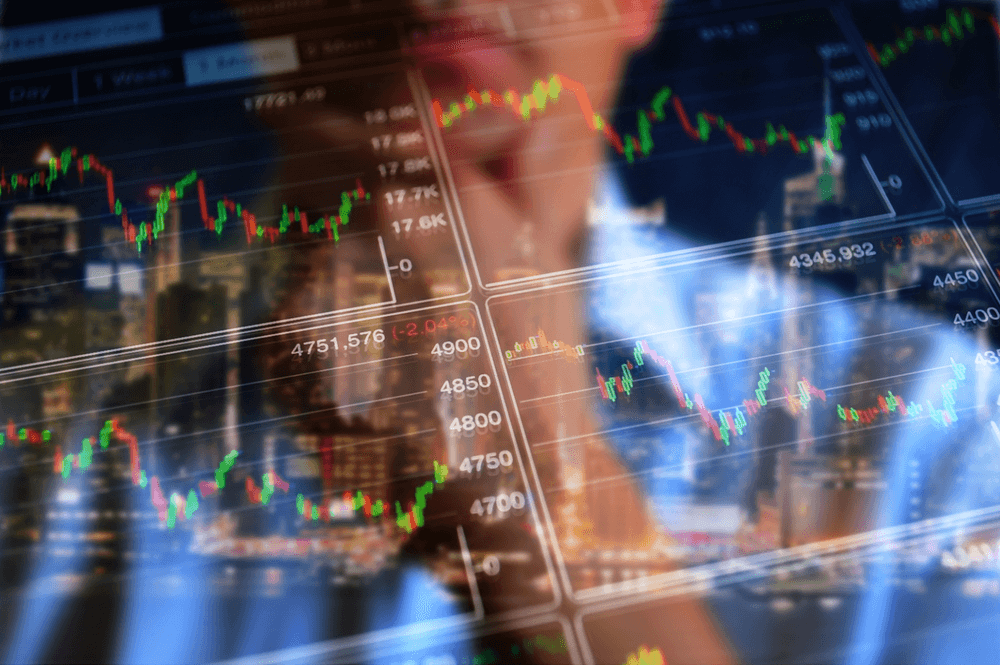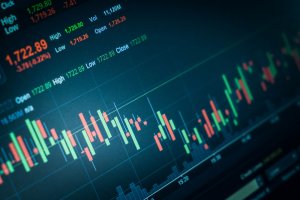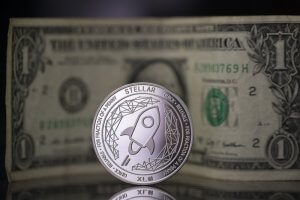Markets are “places” where people and institutions exchange assets. It may be stock shares, commodities, grain, livestock, or currencies, but all markets behave similarly. Buyers and sellers look for the best possible price. A buyer seeks to buy at the cheapest possible price, while the seller wants to sell at the highest price.
How prices move
If we order buyers and sellers by the price they are willing to accept, we could see some buyers are bidding an amount very close to the price sellers are asking, and from there, the distance grows in a kind funnel-like shape.
For a sell to occur, one of them must cross the bridge and accept the other side’s price. Also, when a seller moves and takes the ask price for the first time, the “Last price” moves down a little. If another seller does the same, there might be other buyers willing to buy at the same level or not. If there are more buyers at that level, the next seller who takes the ask does not create an additional downward movement. If all buyers disappear from this level, the seller should accept a worse price, moving the asset down, or hold until a buyer takes his bid.
Conversely, if a buyer takes a bid price for the first time, the price of the asset moves up. If other buyers get in and deplete this level from sellers, they should buy at higher prices or wait till a seller takes his ask price.
Supply and Demand
Demand
The demand for an asset decreases as the price increases. The rate of that decline depends on the need for the asset and also on the perceived future value of the asset.
Supply
The supply increases as the price increases. The rate of increment depends mostly on the sellers’ belief about the future price growth of the security.
Equilibrium
Supply and demand are what drives prices up and down. If there are an equal number of buyers and sellers, the price stays at one level and is said to be in equilibrium.
When there are more buyers than sellers, the price moves up until a new equilibrium is reached. Conversely, if the number of sellers is higher, the price moves down until sellers and buyers get the new equilibrium.
Fair Price
The equilibrium is the result of a consensus about the fair price of the security, but fair price changes with the passage of time. The change in fair price may come from technical factors ( overbought-oversold levels, pivot points, breakouts), economic reports such as interest rates, GDP, manufacturing, nonfarm Payrolls, and inflation, or unexpected news events. The new price does not manifest itself in a single and swift price movement because that price is not known at the time. That’s the reason for the appearance of trends.
Liquidity
Liquidity is the term used to define the number of buyers and sellers present in the market.
In a very liquid market, the number of buyers and sellers is vast. Large-sized orders do not affect the price much. Also, bid and ask prices get closer to each other because buyers and sellers compete among themselves to offer their best bid and ask prices. That means spread tightens.
A market with low liquidity shows a scarcity of buyers and sellers. The size and number of operations are tiny, and one small order can produce significant price variations up or down. Also, usually, spreads widen because there is less competition among participants. Low liquidity may cause market manipulations since it is easy to drive prices up or down.
Liquidity does not depend only on the market in question. It changes with the time of the day. For instance, the EURUSD shows less liquidity during the Tokyo session. Then it grows when the European exchanged opens, and it maximizes at the open of the US session. Finally, it fades after Europe closes its markets and traded volume declines further after the US closes.
Final words
- Supply and demand drive the prices up or down until an equilibrium is reached.
- The equilibrium breaks by a change in the perception of value by the parties trading it.
- High liquidity is the key factor for tightening spreads and making markets flow without price manipulation.






